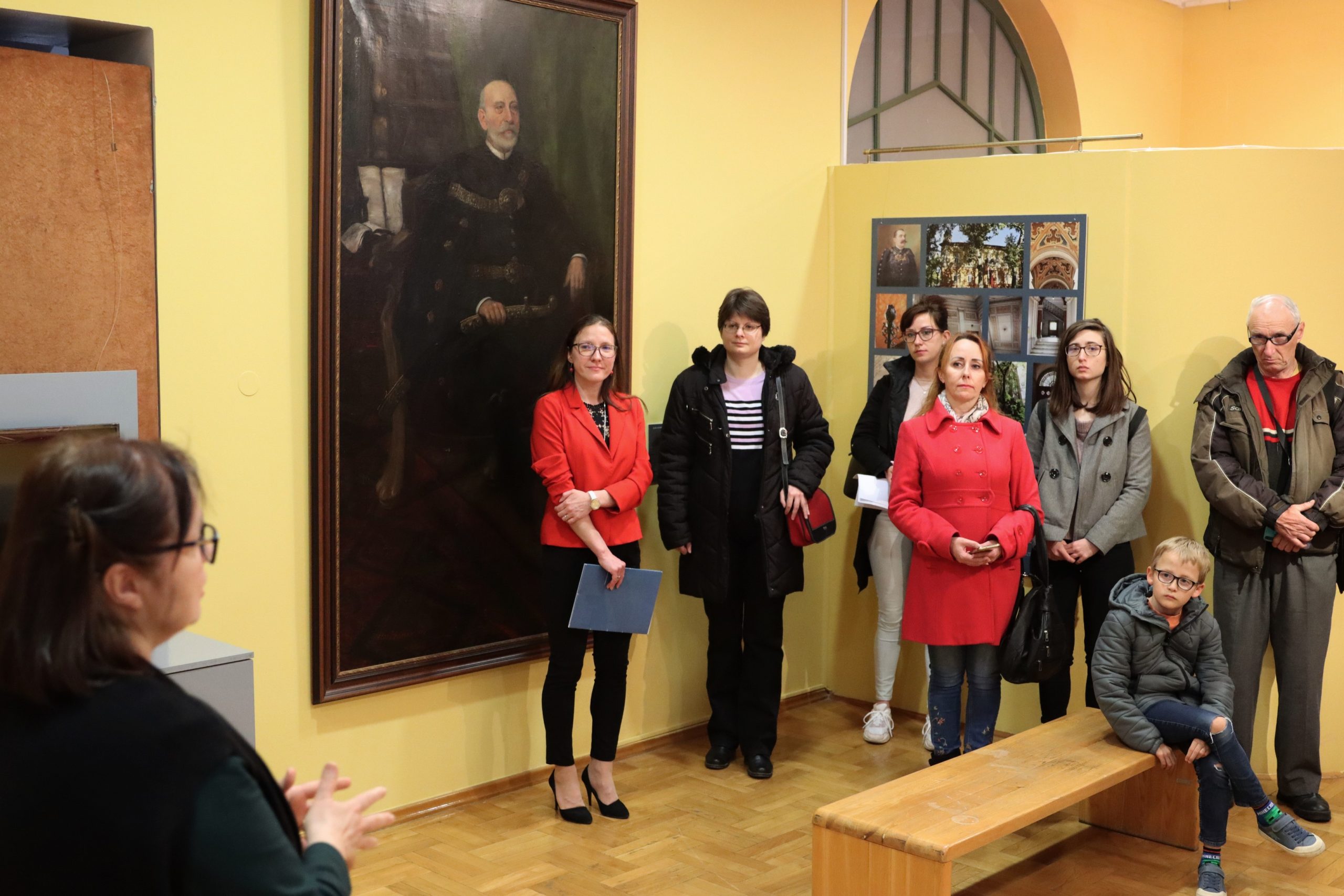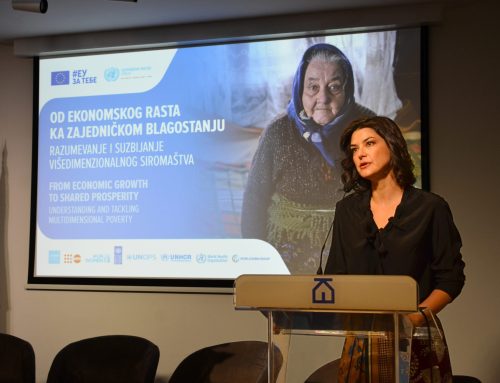While walking through Subotica, we usually notice beautiful buildings from the period of secession, and it is mostly mentioned when we talk about the unique characteristics of this city. However, in the second half of the 19th century, historicism was also present, and if we pay attention, we will see more buildings from this period, such as the building of the Gymnasium “Svetozar Marković”, one of the main landmarks of Subotica. Historicism actually determined its architectural profile, but also the profile of its Hungarian neighbour – Baja. This style is not only present in architecture, but also in other artistic fields.
On the occasion of the World Heritage Day, the citizens of Subotica were able to get acquainted with this interesting period through the exhibition “Historicism in Bačka – Subotica”, the running of which was organised by the EU Info Point from Novi Sad and the City Museum of Subotica. It is a joint cross-border project of the City Museum in Subotica and the Türr István Museum in Baja.
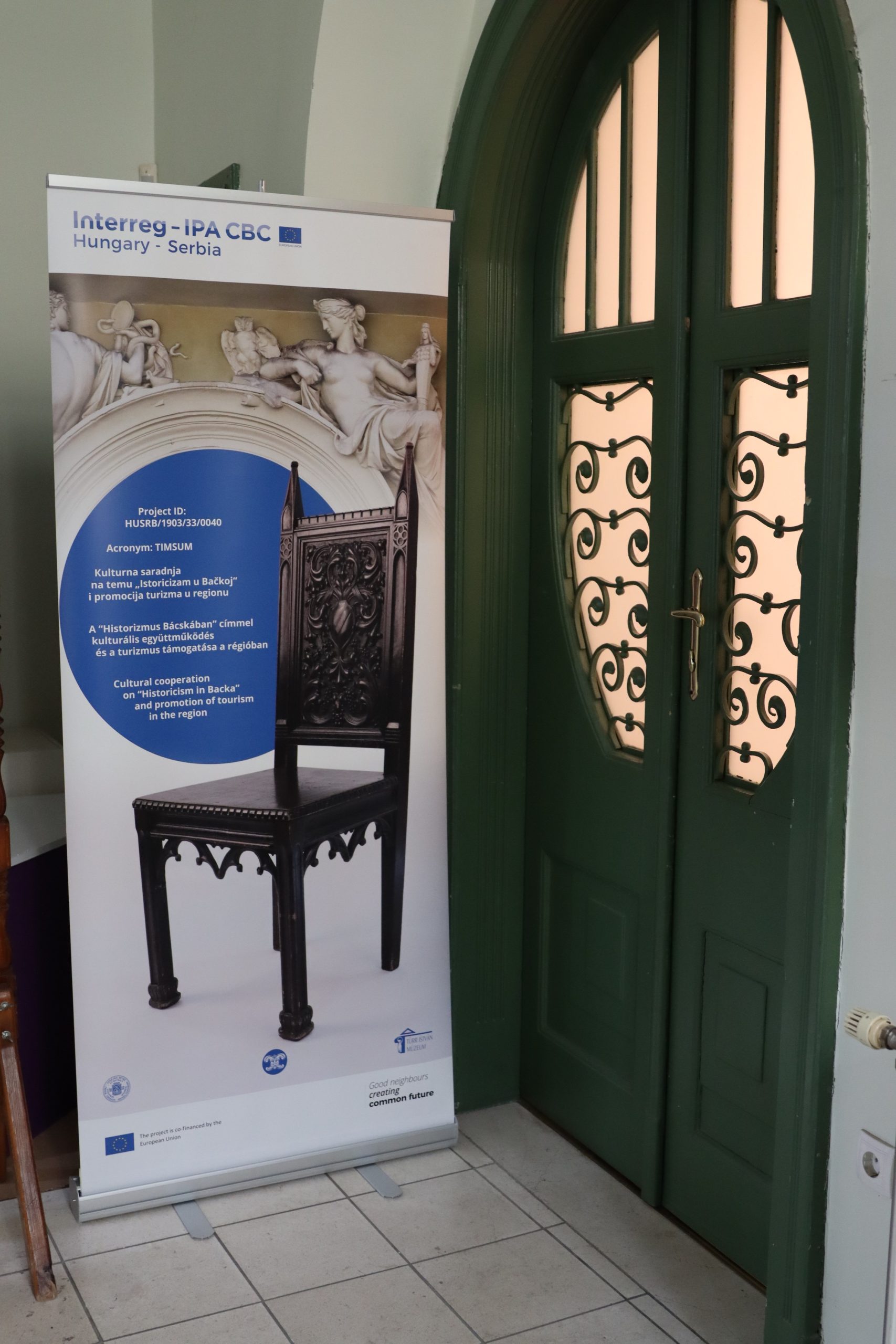
“The style of historicism is determined by the architecture of the central parts of both Subotica and Baja, and there are a number of items in museum collections that provide insight into other areas of fine and applied arts of this style,” explains Dr Olga Kovačev Ninkov, art historian.
View this post on Instagram
This period covers the second half of the 19th century, the turn of the two centuries and partly the interwar period, and represents the process of urbanisation of both cities. The project clearly shows common points in development, artistic and cultural ties between the two cities, not only to their residents but also to visitors. That is why the goal of the project is, among other things, to present the common cultural heritage.
“The connection between Subotica and Baja is already a tradition. They used to belong to the same county, and the media in that 19th century, for example, reported on both cities. “There are also strong trade and family ties,” Kovačev Ninkov said.
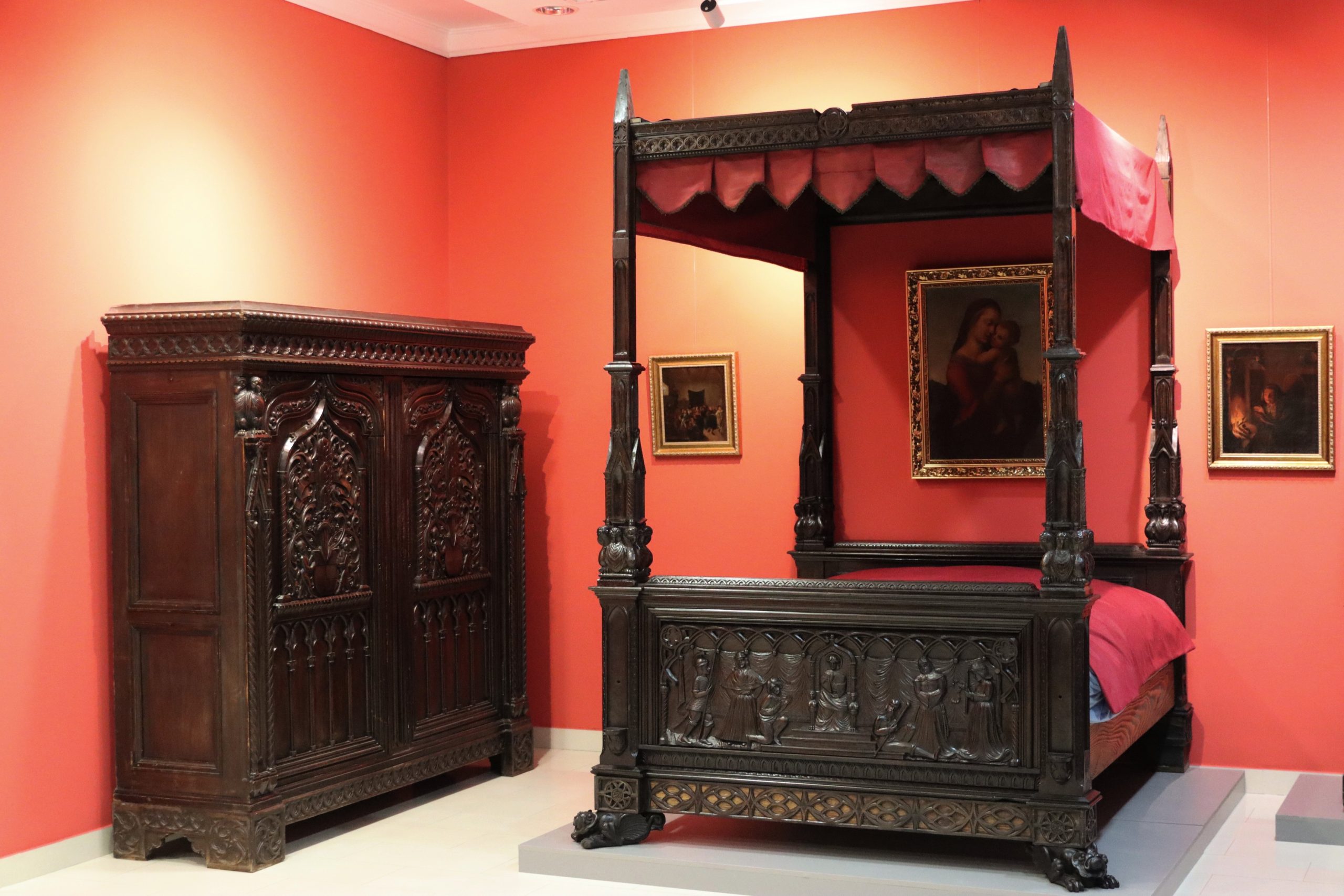
Photo: Svetlana Kolović
The cooperation between the Türr István Museum from Baja and the City Museum in Subotica presents one more example of long-term successful cooperation and realisation of a number of joint projects. During the realisation of this project, the growth of tourists and the interest of not only the professional but also the general public for the values of the diverse cultural heritage of both settlements are expected.
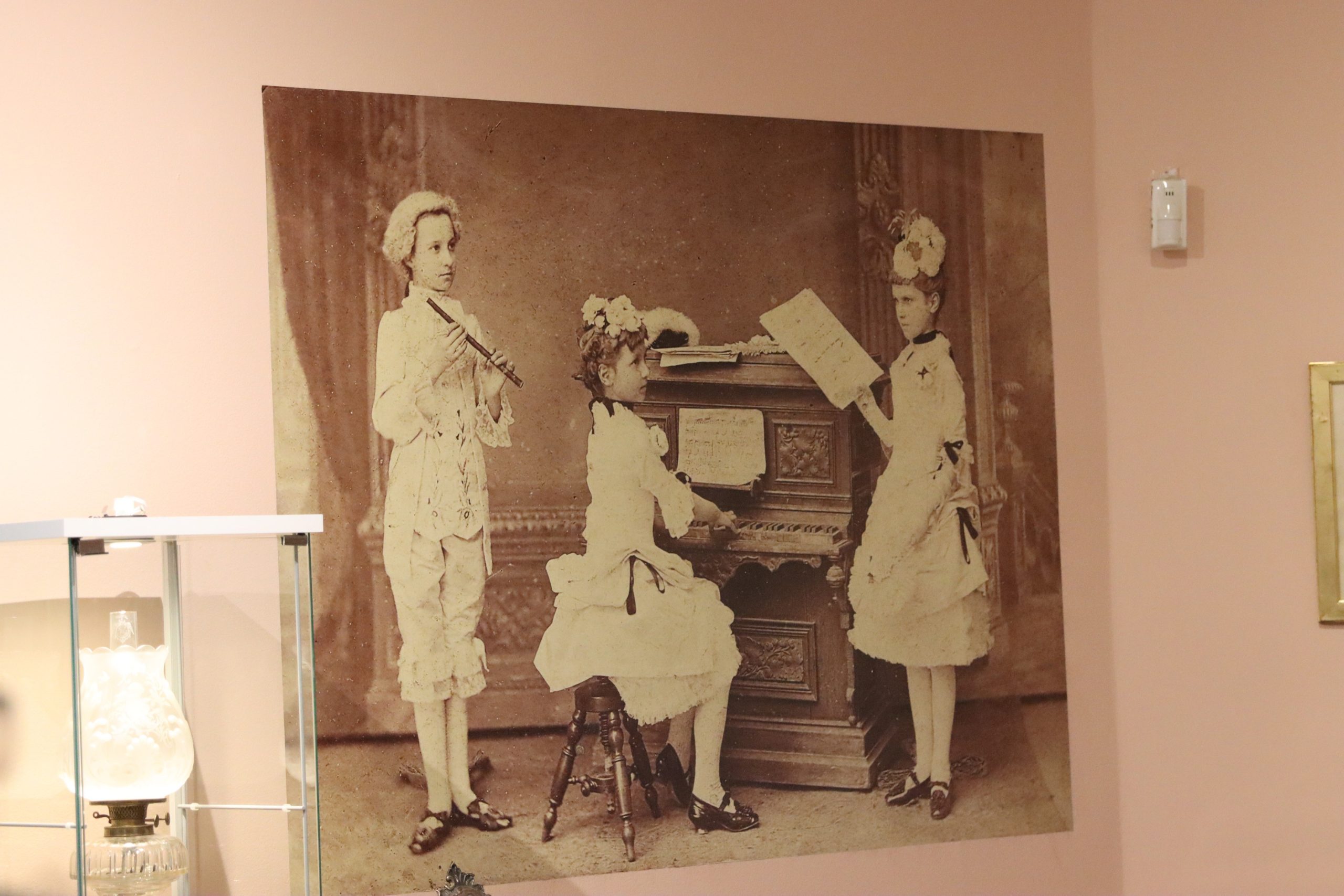
Foto: Svetlana Kolović
“Among other things, this project was started with the aim to build a cultural route between Baja and Subotica, and through various activities we are trying to establish points of connection and diversity in both cities,” said Aniko Baba Mihajlović, director of the Subotica City Museum.
Through various activities, young people, i.e. high school students in Subotica, are also involved in the project. Various workshops were held for high school students, where they had the opportunity to get acquainted with the specific characteristics of historicism.

